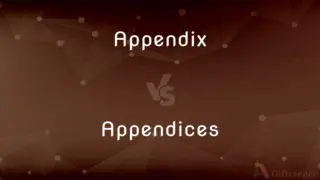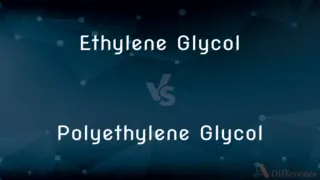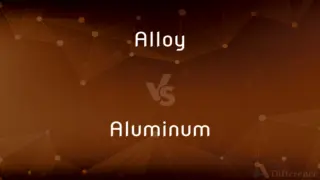Valerian vs. Vetiver — What's the Difference?
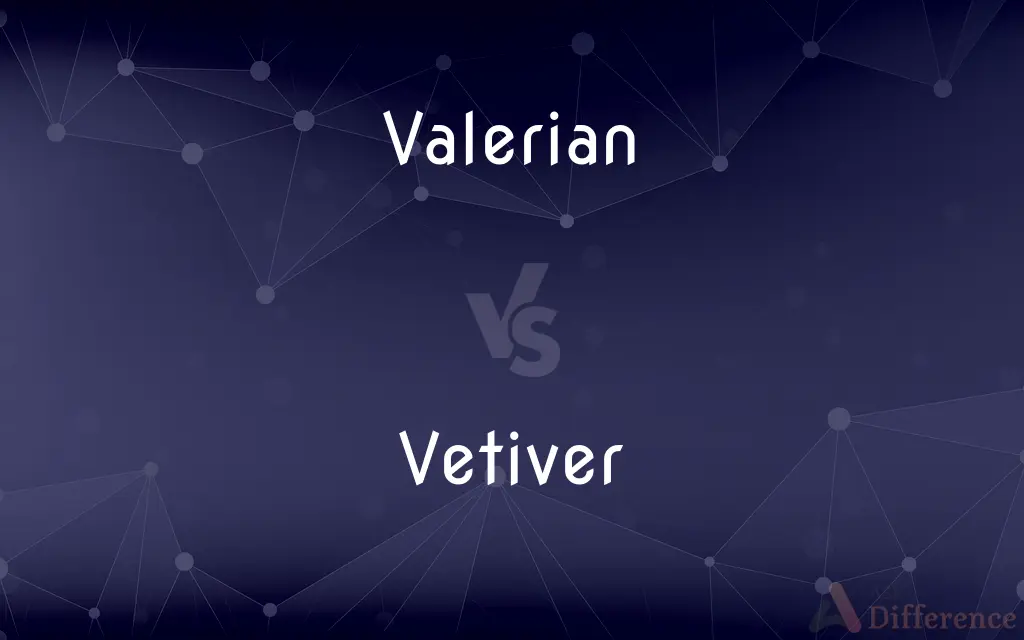
Difference Between Valerian and Vetiver
ADVERTISEMENT
Compare with Definitions
Valerian
The dried rhizomes of Valeriana officinalis, used medicinally as a sedative.
Vetiver
Naik raj
Valerian
Any of several plants of the family Valerianaceae, especially Valeriana officinalis, native to Eurasia and widely cultivated for its small, fragrant, white to pink or lavender flowers and for use in medicine.
Vetiver
A grass (Vetiveria zizanioides syn. Chrysopogon zizanioides) of tropical India, often planted to control erosion and widely cultivated for its aromatic roots, which yield an oil used in perfumery.
Valerian
A hardy perennial flowering plant, Valeriana officinalis, with heads of sweetly scented pink or white flowers.
ADVERTISEMENT
Vetiver
The essential oil obtained from the roots of this plant. Also called vetivert.
Valerian
More generally, any plant of the genus Valeriana.
Vetiver
The grass Chrysopogon zizanioides ( <= Vetiveria zizanioides), which is native to India, but planted throughout the tropics for its fragrant roots and for erosion control.
Valerian
(uncountable) The root of Valeriana officinalis, used in herbal medicine.
Vetiver
The aromatic root of the grass.
Valerian
An extract of the dried roots of the Valeriana officinalis used in herbal medicine as a sedative.
Vetiver
An essential oil derived from the root; the fragrance of the oil.
Valerian
Any plant of the genus Valeriana. The root of the officinal valerian (Valeriana officinalis) has a strong smell, and is much used in medicine as an antispasmodic.
Vetiver
An East Indian grass (Andropogon muricatus); also, its fragrant roots which are much used for making mats and screens. Also called kuskus, and khuskhus.
Valerian
A plant of the genus Valeriana having lobed or dissected leaves and cymose white or ink flowers
Share Your Discovery
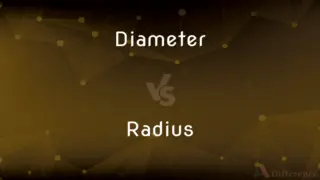
Previous Comparison
Diameter vs. Radius
Next Comparison
Petition vs. Prayer









